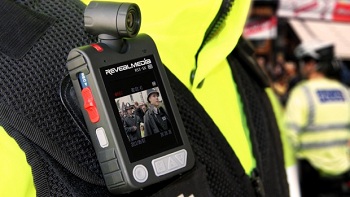Police forces from LA and London to Moscow and Sydney are accelerating the use of body-worn cameras with over 1 million in use by 2021, says a new Beecham Research report published this week. At the same time, the report points to new applications of body-worn cameras including use by prison officers, border control staff, private security companies, parking officers, care homes, paramedics and airport security personnel.
The main motivations for adopting body-worn cameras in policing are to provide accountability, a reliable source of evidence, protection for police officers from false accusations and to increase trust between police and the public. North America remains the leading region in terms of units deployed, while the UK heads Western Europe. Elsewhere in Europe there are also other deployments gaining ground quickly. The Beecham Research report also predicts strong growth in Eastern Europe and CIS (Commonwealth of Independent States) region.
The Beecham Research report highlights several key challenges for the adoption of body worn cameras in police forces, from privacy and ethical concerns, and legislation to security and cost. A complete solution involves cameras, storage and management software. Body-worn camera images also need to be encrypted to avoid content being retrieved without authorisation, while battery longevity is essential to ensure the camera works for the full length of a shift.








